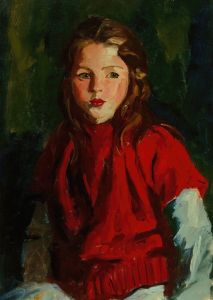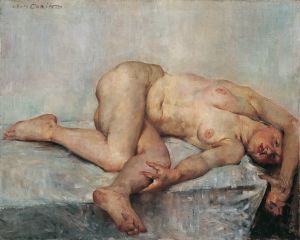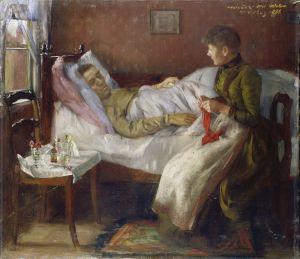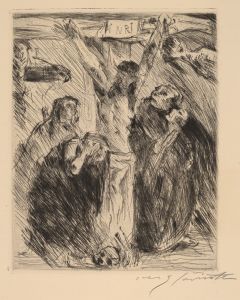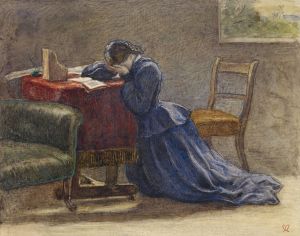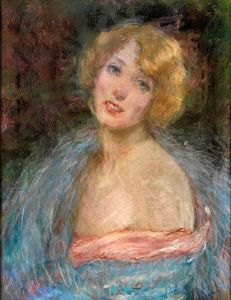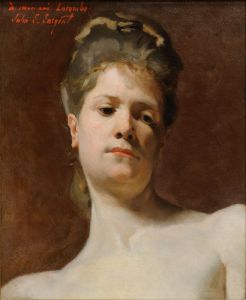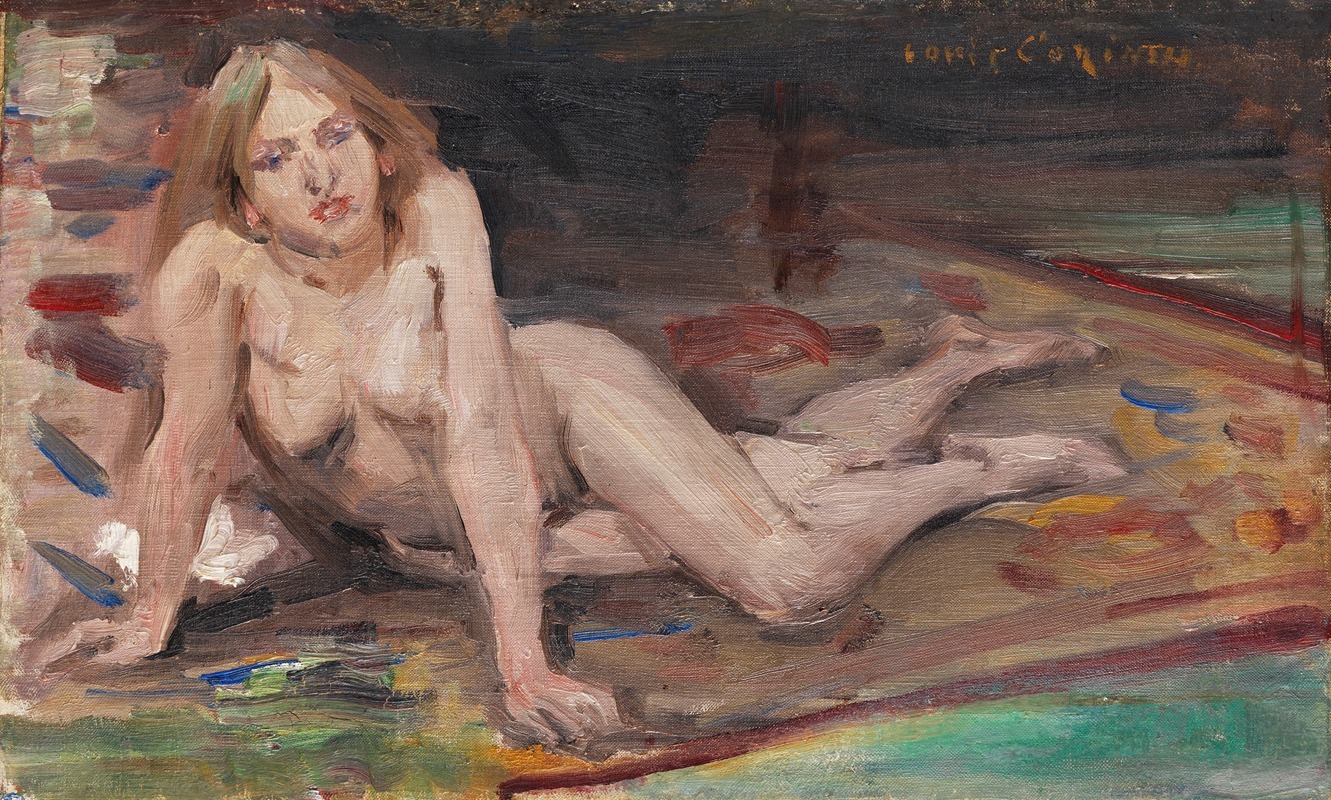
Liegender, blonder Mädchenakt auf buntem Teppich
A hand-painted replica of Lovis Corinth’s masterpiece Liegender, blonder Mädchenakt auf buntem Teppich, meticulously crafted by professional artists to capture the true essence of the original. Each piece is created with museum-quality canvas and rare mineral pigments, carefully painted by experienced artists with delicate brushstrokes and rich, layered colors to perfectly recreate the texture of the original artwork. Unlike machine-printed reproductions, this hand-painted version brings the painting to life, infused with the artist’s emotions and skill in every stroke. Whether for personal collection or home decoration, it instantly elevates the artistic atmosphere of any space.
Liegender, blonder Mädchenakt auf buntem Teppich (Reclining Blonde Nude Girl on a Colorful Carpet) is a painting by the German artist Lovis Corinth, a prominent figure in the transition from Impressionism to Expressionism in the late 19th and early 20th centuries. Corinth is known for his dynamic brushwork and vibrant use of color, which are evident in this particular work.
Lovis Corinth was born on July 21, 1858, in Tapiau, East Prussia, which is now Gvardeysk in Russia. He studied art in Königsberg, Munich, and Paris, where he was influenced by the Impressionists. Corinth's work often combined elements of realism with the expressive use of color and form, a style that became more pronounced after he suffered a stroke in 1911, which affected his ability to paint with precision.
The painting Liegender, blonder Mädchenakt auf buntem Teppich was created in 1910, during a period when Corinth was exploring themes of sensuality and the human form. This work exemplifies his interest in the nude figure, a subject he returned to frequently throughout his career. The painting depicts a young blonde woman reclining on a colorful carpet, her body rendered with Corinth's characteristic loose and expressive brushstrokes. The use of a vibrant carpet as a backdrop adds a rich texture and depth to the composition, highlighting Corinth's skill in integrating the figure with its surroundings.
Corinth's approach to the nude was both traditional and modern. While he adhered to the classical tradition of the nude as a subject in art, his execution was distinctly modern, characterized by a bold use of color and a dynamic, almost tactile application of paint. This painting, like many of his works, reflects his ability to convey the physicality and presence of the human body, while also imbuing it with a sense of immediacy and vitality.
The period in which Corinth created this painting was marked by significant changes in his personal and professional life. In 1903, he married Charlotte Berend, a fellow artist and one of his students, who became a frequent model and muse for his work. The couple moved to Berlin, where Corinth became a leading figure in the Berlin Secession, an art movement that sought to challenge the conservative art establishment in Germany.
Liegender, blonder Mädchenakt auf buntem Teppich is a testament to Corinth's mastery of the nude and his innovative approach to color and form. The painting is part of a broader body of work that reflects his ongoing exploration of the human figure and his commitment to pushing the boundaries of traditional art forms. Corinth's work has been influential in the development of modern art in Germany, and his paintings continue to be celebrated for their emotional depth and technical brilliance.
Today, Lovis Corinth is recognized as one of the key figures in German art, and his works are held in major collections around the world. Liegender, blonder Mädchenakt auf buntem Teppich remains an important example of his contribution to the evolution of modern art, illustrating his unique ability to blend realism with expressive abstraction.





